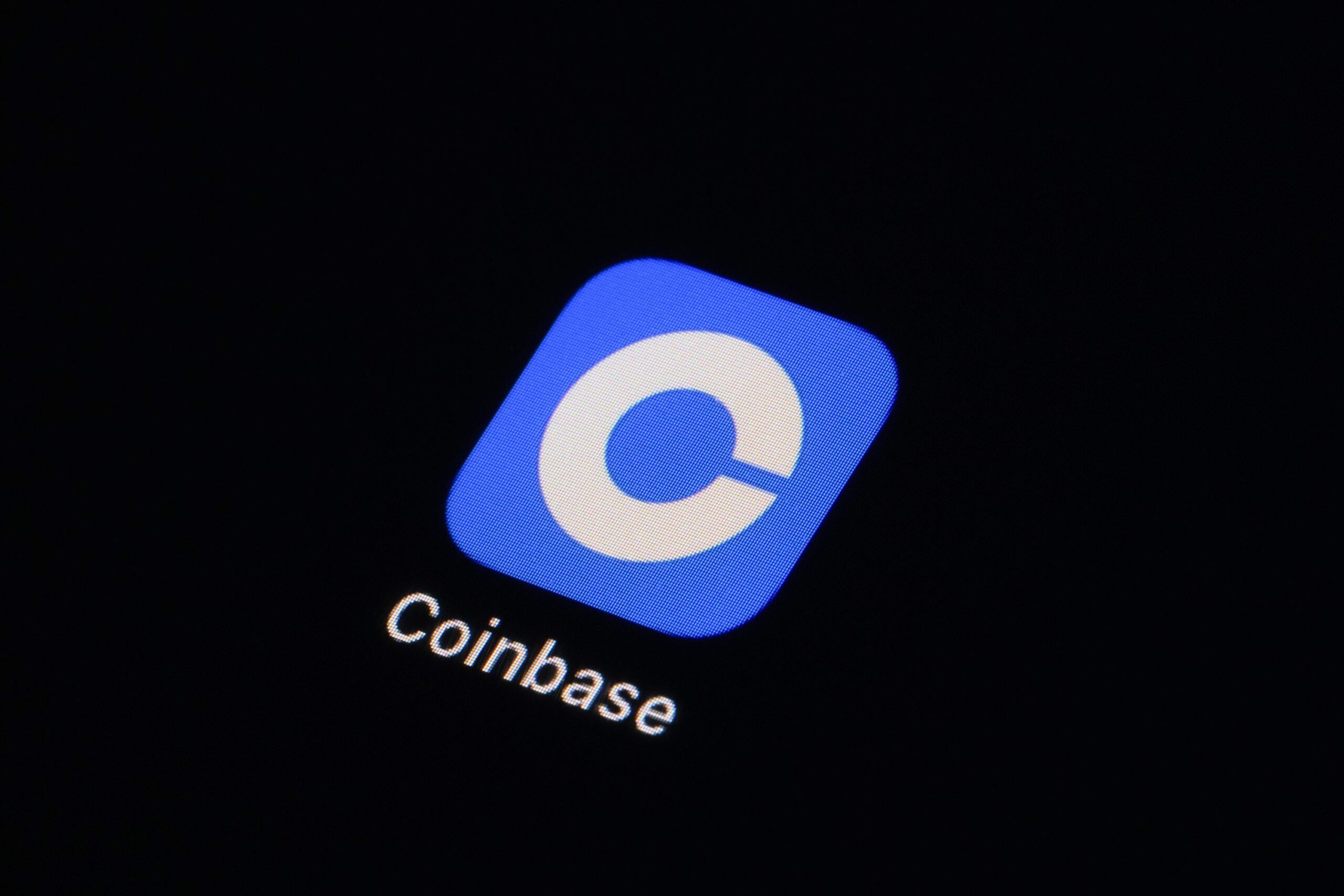Blockchain technology has grown exponentially since its first introduction in the Bitcoin white paper in 2008. It has penetrated various industries, such as finance, sports, healthcare, and real estate, among others. With the continued development of blockchain protocols, interoperability has become a crucial issue. This has led to the creation of blockchain bridges, which allow the transfer of tokens and arbitrary data between blockchains.

This article explains the concept of blockchain bridges, the different types of bridges, and examples of blockchain bridges. The article also provides a step-by-step guide on how to use Binance Bridge, one of the reputable blockchain bridges available.
What is a Blockchain Bridge?
A blockchain bridge is a type of connection that enables blockchains to interact with each other, allowing the transfer of tokens and arbitrary data between them. It is needed where both chains have different contracts, rules, and protocols, creating a way for secure interoperability on both sides.
For instance, you cannot use Bitcoin (BTC) on the Ethereum Blockchain or Ethereum (ETH) on the Bitcoin Blockchain. Using a blockchain bridge, you can lock in a certain amount of digital assets on one blockchain, and the protocol will help you mint the same amount of assets on a different blockchain that is equal to the same amount locked in before. If you lock in Bitcoin on one blockchain, you will receive wrapped Bitcoin (wBTC) on another blockchain and can use it in the Ethereum Blockchain for whatever transaction you need.
Types of Blockchain Bridges
Blockchain bridges can either be centralized or trust-based, or decentralized, also known as trustless.
Trusted Bridge or Centralized Bridge:
This type of bridge relies on trust or third-party validation for transactions while acting as guardians of the bridged assets, also called wrapped tokens. This type of bridge is centralized and requires a central authority to operate, meaning users need to trust a mediator to use an app or service.
One disadvantage of this bridge is that if all the assets are controlled by one company, it is subject to failure and risk because if the company is in danger, so are the assets. Some protocols rely on a good number of validators to maintain their security before any withdrawal is initiated.
Trustless Bridge or Decentralized Bridge:
This type of bridge relies on smart contracts and algorithms over a blockchain network. It is decentralized and operates using agents that are not centrally governed. Here, users are in control of their funds and it is even considered the safer alternative for users to transfer coins. This is because they prevent risks of premeditated bad practices and corruption.
Since it relies on smart contracts and code-based algorithms, there is an increase in security because it allows the users to remain in control of their funds. It is not entirely flawless since the integrity of the underlying code is a crucial factor.
Both trustless and trust-based bridges can either be unidirectional, where users are restricted from returning their bridged asset to their original blockchain, or bidirectional, where asset bridging is possible in both directions, meaning you can get back your original asset even after it has been bridged.
Examples of Blockchain Bridges:
Binance Bridge: Binance Bridge increases interoperability between diverse blockchains by allowing users to mint wrapped tokens from their digital assets, to be used on Binance Smart Chain. Binance Bridge currently supports the convention of Ethereum assets (ERC-20) and Tron assets (TRC-20) to Binance assets. To use the Binance Bridge services, you need a decentralized wallet. Binance Chain Wallet and Metamask Wallet are presently supported, and in the future, other wallets will be supported.
Multichain (Anyswap): Multichain is a trustless bridge that functions over a wide variety of chain configurations. It helps cryptocurrency users transfer coins between different blockchains by using algorithms like the Edwards-curve Digital Signature Algorithm (EdDSA or EcDSA). Multichain charges a fee of 0.4% for every transaction, where 0.1% is given to the underlying project, and 0.3% is distributed to the liquidity providers.
Wormhole Bridge: The Wormhole Bridge is a decentralized protocol that allows you to bridge tokens on multiple blockchains. It allows different blockchains to communicate with each other, such as Terra, Solana, Ethereum, etc. Here, source assets are locked in a smart contract and converted to new wrapped assets on the target blockchain. It is secured by guardians also known as validator nodes.
Pontem Network: Pontem Network is a bridge between the regulated (managed under a set of rules) and unregulated (uncontrolled) worlds that allows exchanging value between the two. Pontem connects Diem in the decentralized world, including traditional crypto markets. The network will help Diem users to get access to all the use cases provided by the unregulated society, like financial tools, security tools, and games. Pontem is deployed with Aptos, a new layer 1 Blockchain using the move language, pipelined execution, and other innovations for enabling production-ready smart contract infrastructure with an emphasis on safety, scalability, and reliability for Web 3 mass adoption.
Advantages and Disadvantages of Blockchain Bridges
Advantages:
- Interoperability: The primary advantage of Blockchain bridges is the ability to connect two or more Blockchain networks that are otherwise incompatible. This allows for seamless transfer of assets across different networks, which is essential for building a truly decentralized ecosystem.
- Security: Blockchain bridges provide a secure and trustless way to transfer assets between networks. Trustless bridges are especially secure as they rely on smart contracts and algorithms to ensure the integrity of the transactions.
- Liquidity: Bridges also provide liquidity to digital assets by making it possible to move them between different networks. This helps to create a more liquid and efficient market, which is essential for the growth of the overall Blockchain ecosystem.
- Accessibility: Bridges make it possible for users to access different Blockchain networks without having to create new wallets or sign up for new services. This makes it easier for users to participate in different networks and take advantage of different opportunities.
Disadvantages:
- Centralization: Trust-based bridges are centralized and rely on third-party validation for transactions. This introduces a central point of failure and can be risky for users.
- Complexity: Bridges can be complex to set up and use, especially for non-technical users. This can make it difficult for mainstream adoption of Blockchain technology.
- Security Risks: Bridges can introduce security risks if not properly audited and secured. Bad actors can take advantage of vulnerabilities in the code and steal assets or disrupt the network.
- Cost: Bridges can be expensive to build and maintain. It is especially true for decentralized or trustless bridges that require a lot of computational power to operate.
Conclusion
Blockchain bridges are an essential component of a truly decentralized ecosystem. They provide the interoperability and liquidity needed to build a more efficient and effective Blockchain network. However, bridges also introduce new challenges and risks. It must be addressed to ensure the security and stability of the network. As Blockchain technology continues to evolve, it is important to continue to develop and improve the capabilities of Blockchain bridges to help drive the growth and adoption of this transformative technology.
Personal Note From MEXC Team
Check out our MEXC trading page and find out what we have to offer! You can learn more about cryptocurrency industry news. There are also a ton of interesting articles to get you up to speed with the crypto world. Lastly, join our MEXC Creators project and share your opinion about everything crypto! Happy trading!
Join MEXC and Start Trading Today!



